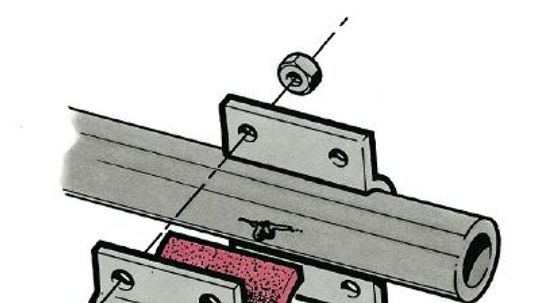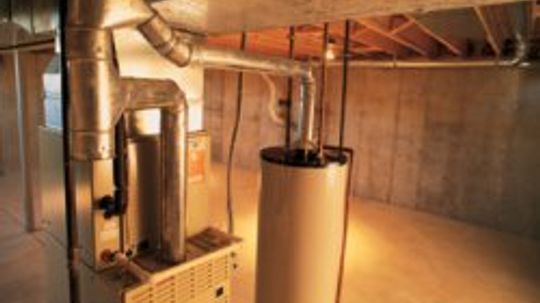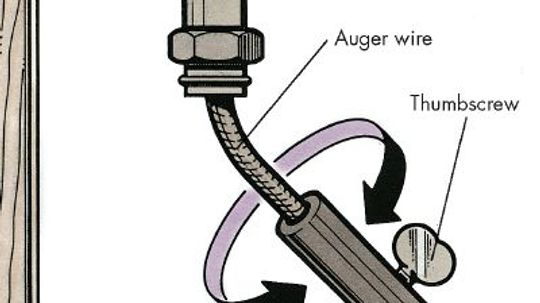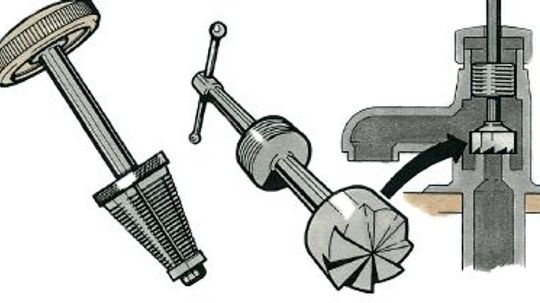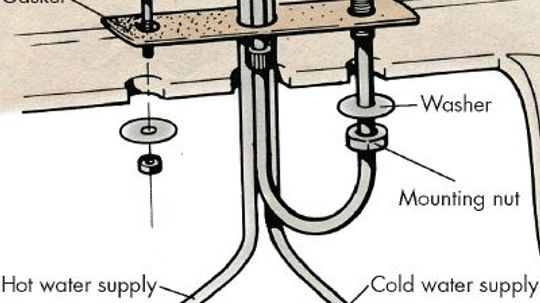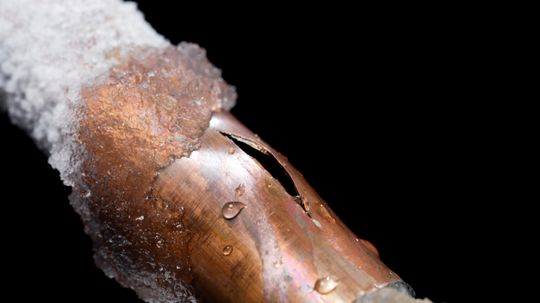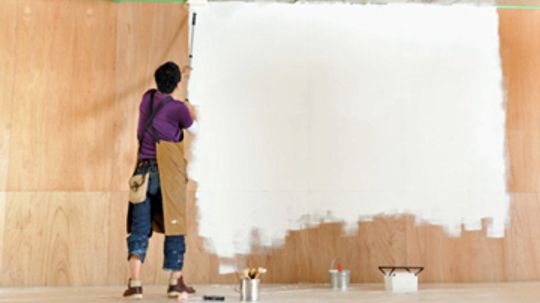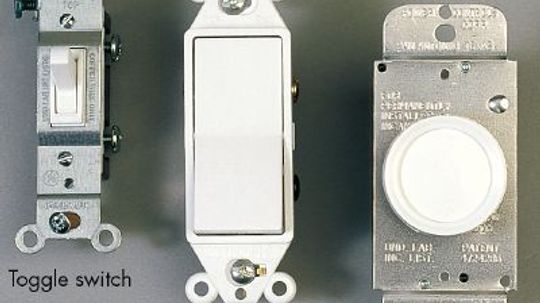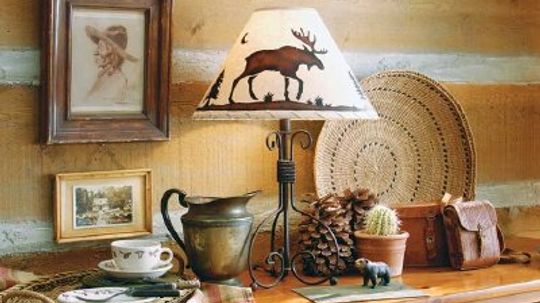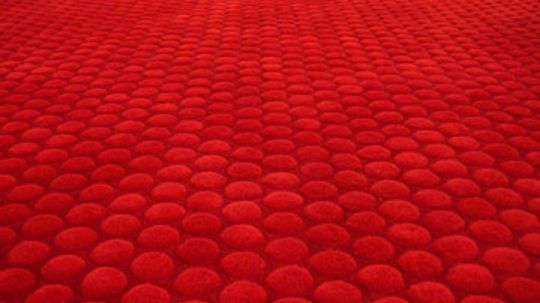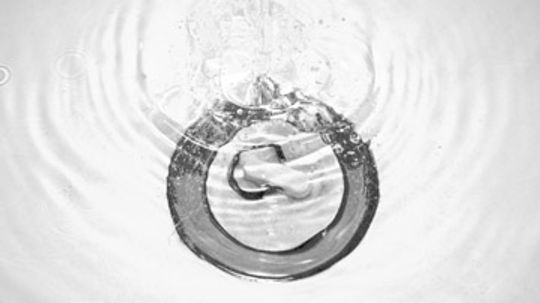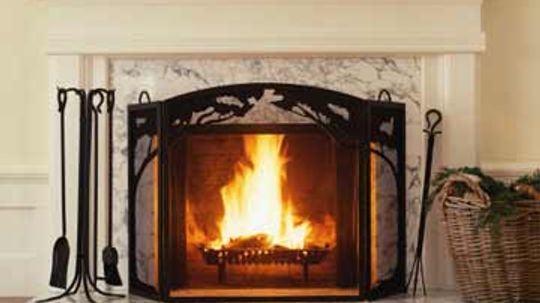Home DIY
Whether you're fixing a broken pipe or installing new cabinets, home DIY is an important aspect of living in a house. Check out these home DIY articles.
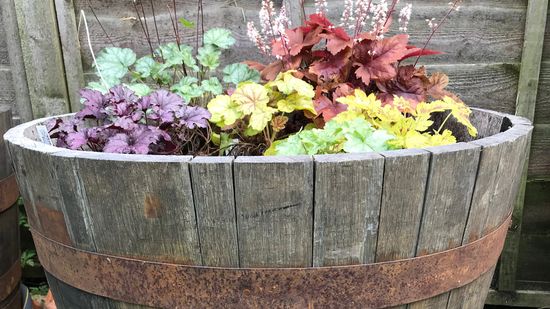
From Planters to Wall Art: 7 Cool Uses for Wooden Whiskey Barrels
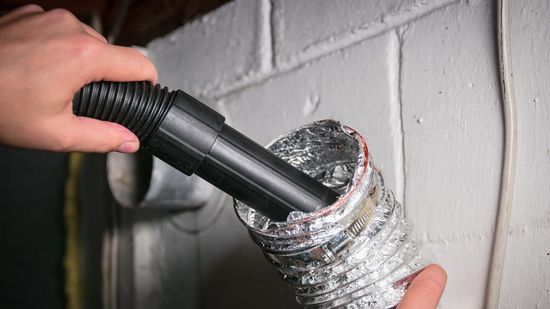
How to Clean Your Dryer Vent
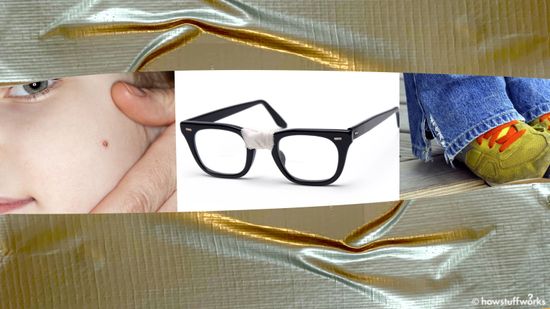
10 Awesome Uses for Duct Tape
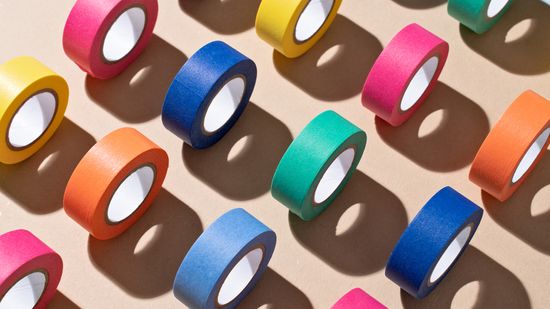
14 Types of Tape for Crafts, Temporary Repairs and More

Owning an Old House: Charming Love Affair or Expensive Money Pit?
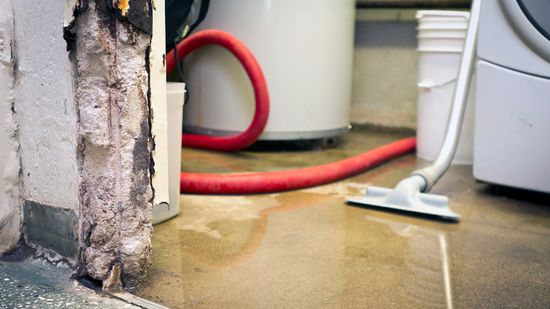
How to Waterproof Your Basement
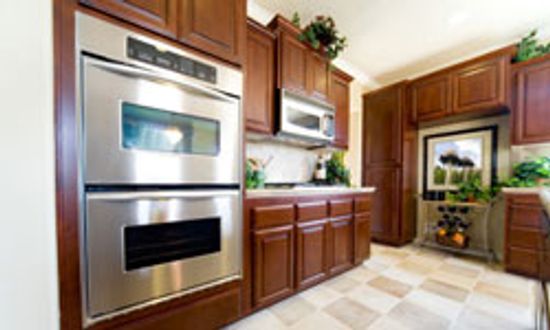
How soon can you use a floor after putting adhesive on a vinyl tile?
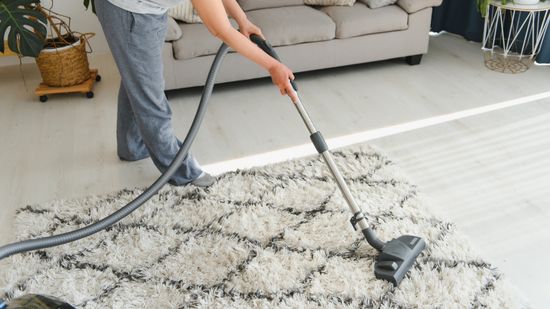
How do you use carpet tacks?

How to Choose a Carpet Color

Does One Dripping Faucet Really Prevent Frozen Pipes?
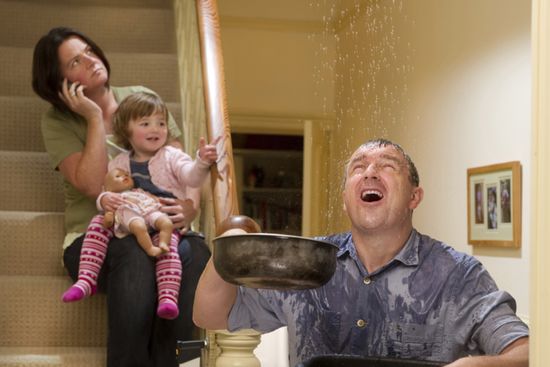
What causes pipes to burst when they freeze?

'Fireproof' House Upgrades for Peace of Mind
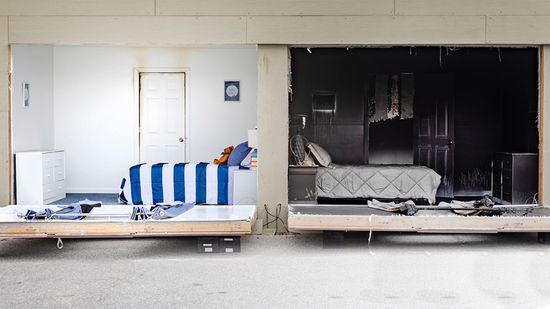
Closing Your Bedroom Door at Night Could Save Your Life

How to Prepare for a Hurricane

Why Electric Fireplaces Are Hot

Should You Turn Your Heat Down When You're Not Home?
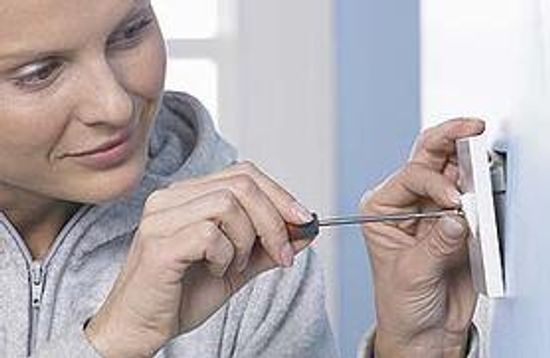
Top 7 Ways to Improve the Energy Efficiency of Your Garage

Painter's Tape vs. Masking Tape: What's the Difference?

Can I Use Interior Paint for Exterior Surfaces?
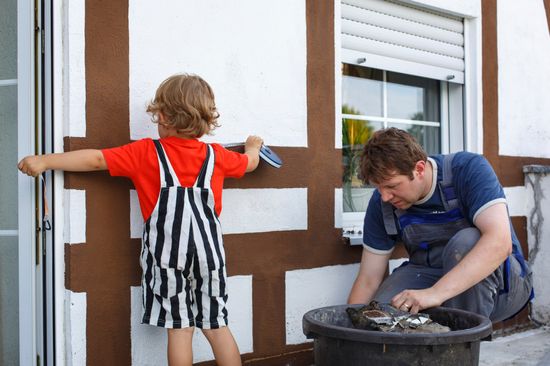
10 Tricks for Painting Your Home's Exterior

Not Your Grandmother's Wallpaper: The Return of Wallpaper
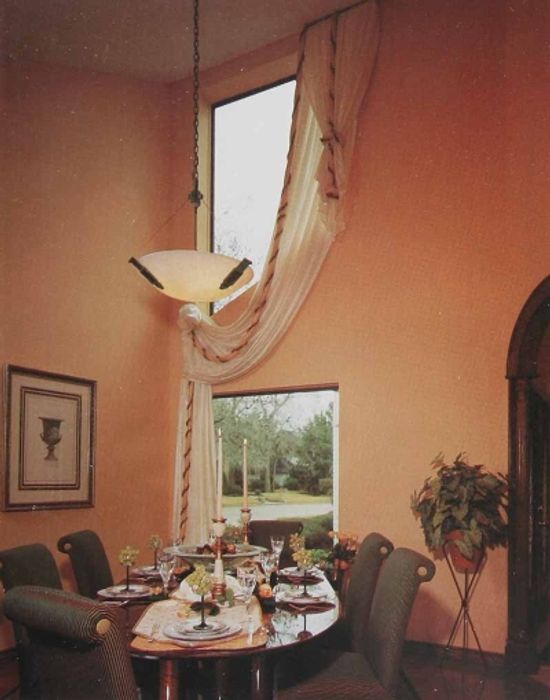
Window Treatment Ideas
Learn More / Page 15
From blocked gutters to loose shingles, the types of problems that can cause a leak in a roof are numerous. Use the tools in this article to help you make these kinds of home repairs.
By Fix-It Club
Most plumbing problems occur at or near such fixtures as sinks, tubs, and toilets. Sometimes, however, the pipes themselves are the root of the problem. Learn how to repair pipes.
By Fix-It Club
Heating systems are usually trouble-free. But no matter what type of furnace you have, there are several things you can do to keep the system in top condition. Learn how to maintain a furnace.
By Fix-It Club & Patrick E. George
Advertisement
Learn how to unclog a drain, whether it's hair in a bathroom sink or a major blockage in your home's main drainpipe. These tips will help you out.
By Fix-It Club
A dripping faucet is the most common plumbing problem but one of the easiest to repair. Yet many people ignore it and leave it unrepaired. Imagine each drip as a penny lost and you may reconsider.
By Fix-It Club
Find out how to fix a spray hose in this article, whether your issue lies in the aerator, flexible sink hose, diverter valve, or other area.
By Fix-It Club
Learn how to fix pipes in this article, which addresses such common problems as pipes that leak, make a lot of noise, or become frozen.
By Fix-It Club
Advertisement
Stains can be tricky to paint over, but it can be done. You'll need to do the proper prep and pick the right paint to get a professional look.
By Sara Elliott
Wall switches help us turn on and power a wide variety of lights, fixtures and appliances. But what if a wall switch were to stop working? Learn how to replace a wall switch with the information in this article.
Has your lamp mysteriously stopped working? Don't through it away. It may only need to be rewired. Save yourself some cash and learn how to rewire a lamp with these easy to follow steps.
Once you've chosen new carpet for your home, the next step is to make sure it's properly installed. If you go the professional route versus tackling the job yourself, how do you choose the right vendor for the job?
By Thomas Moore
Advertisement
Carpet used to almost be an afterthought, merely a decorative addition. Now it's one of the basic building materials that help determine a home's value. When you're shopping for carpet, the fiber will be your most important consideration.
By John Kelly
Whether it's a kitchen sink full of murky water or an overflowing lavatory, you've probably experienced a clogged drain before and reached for the drain cleaner. But how do drain cleaners work?
Pepper spray is a common law enforcement and self-defense tool -- it's easy to carry and easy to use, and although it's extremely irritating and debilitating, it generally doesn't cause any problems in the long run. How does this spicy weapon work?
Summer doesn't seem as fun when you have an endless exterior house-painting job looming over you. To make it more enjoyable, let's play a game where we predict the house-painting mistakes you're about to make.
Advertisement
With all of the parts involved, fireplaces can lose more heat than they provide. However, there are tools, tricks and green options so you can enjoy the look and warmth of a traditional fireplace.
By John Kelly
Don't wait until there are storms in the forecast to get prepared. Gather the 10 must-have items for your storm survival kit now.

